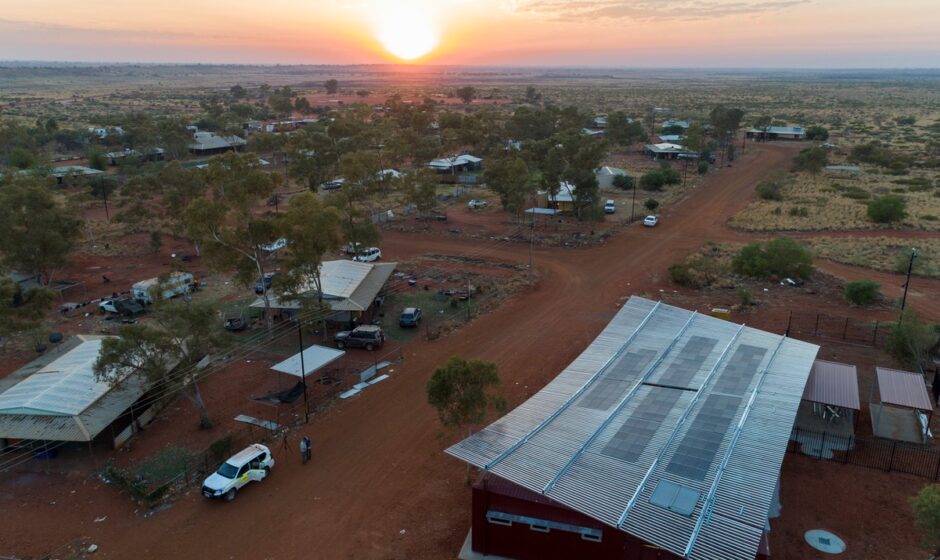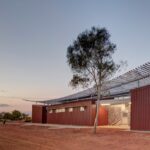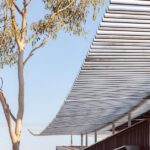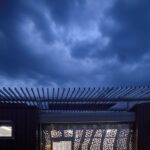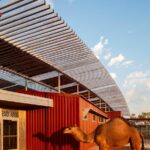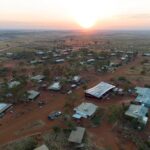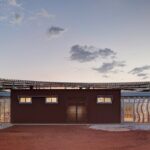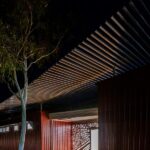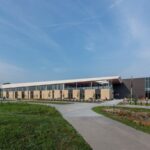Text description provided by the architects. The Punmu and Parnngurr Aboriginal Health Clinics in the Western Australian desert cater to some of the most isolated communities in Australia, situated 1800km from Perth and hundreds of kilometers from the nearest towns. These clinics serve as vital healthcare hubs for two of the four remote Martu communities, whose history in the region dates back millennia.
Community-Centered Healthcare
Punkurunu Aboriginal Medical Service (PAMS), overseen by a Martu Aboriginal board, is the primary provider of primary health care services for these communities. The replacement clinics were designed to adhere to a modest budget of AUD$2 million per clinic while embodying PAMS’s ethos of respect for people, land, and culture.
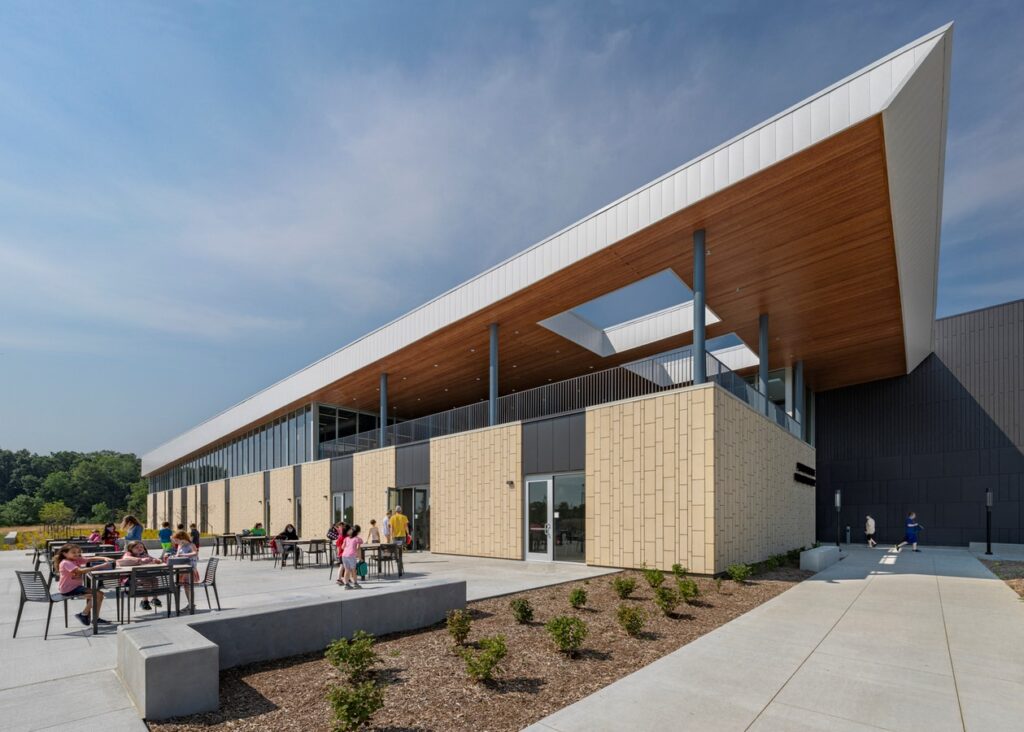
Bridging Healthcare Gaps
The project aimed to replace outdated clinics, originally built in the 1980s, with facilities capable of accommodating visiting specialists and allied health professionals. By doing so, the clinics aimed to address the complex health needs prevalent in Aboriginal communities and improve the overall quality of healthcare delivery.
Culturally Appropriate Design
Meaningful community engagement ensured that the clinics were culturally appropriate and fostered a sense of ownership among community members. Placing health and wellness at the center of the community model of care has led to increased engagement and presentation rates, supporting preventative health and narrowing the gap between Aboriginal and non-Aboriginal Australians.
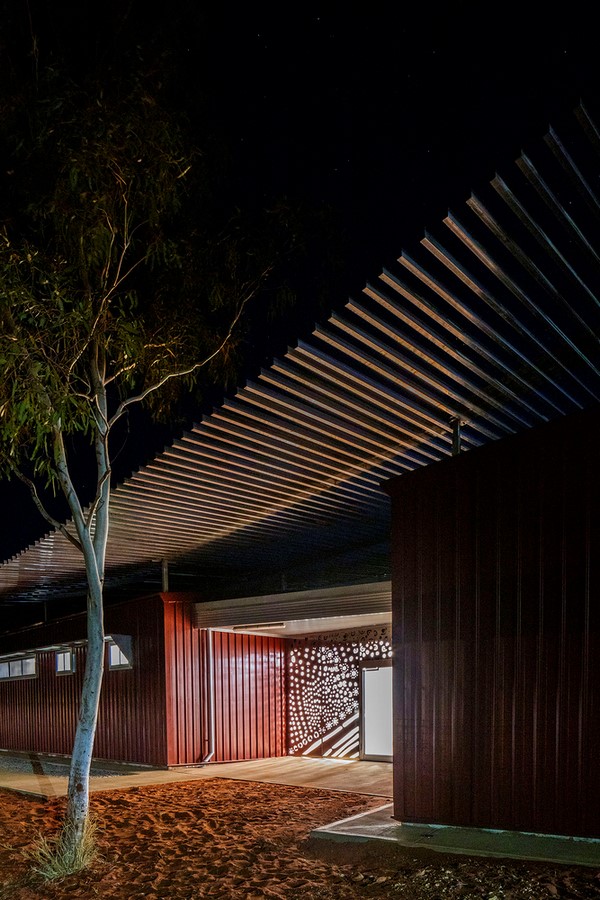
Unique Construction Challenges
Situated in remote locations with limited access to materials, the clinics required a unique construction approach. The buildings utilized a hybrid of modular construction and site-built infill works. Prefabricated modules, including clinical rooms, were constructed in Perth to ensure high-quality fabrication before being transported to the site for completion.
Sustainable Solutions
Given the region’s extreme temperatures, sustainability measures were integral to the clinic design. Sculptural pergolas provide shading around the buildings while supporting photovoltaic panels that contribute to the clinics’ power supply. Additionally, a load shedding system helps manage power demand during peak periods, ensuring efficient energy usage.
The Western Desert Clinics stand as a testament to community-centric design, sustainability, and innovation, addressing the unique healthcare needs of remote Aboriginal communities while respecting their cultural heritage and environment.

